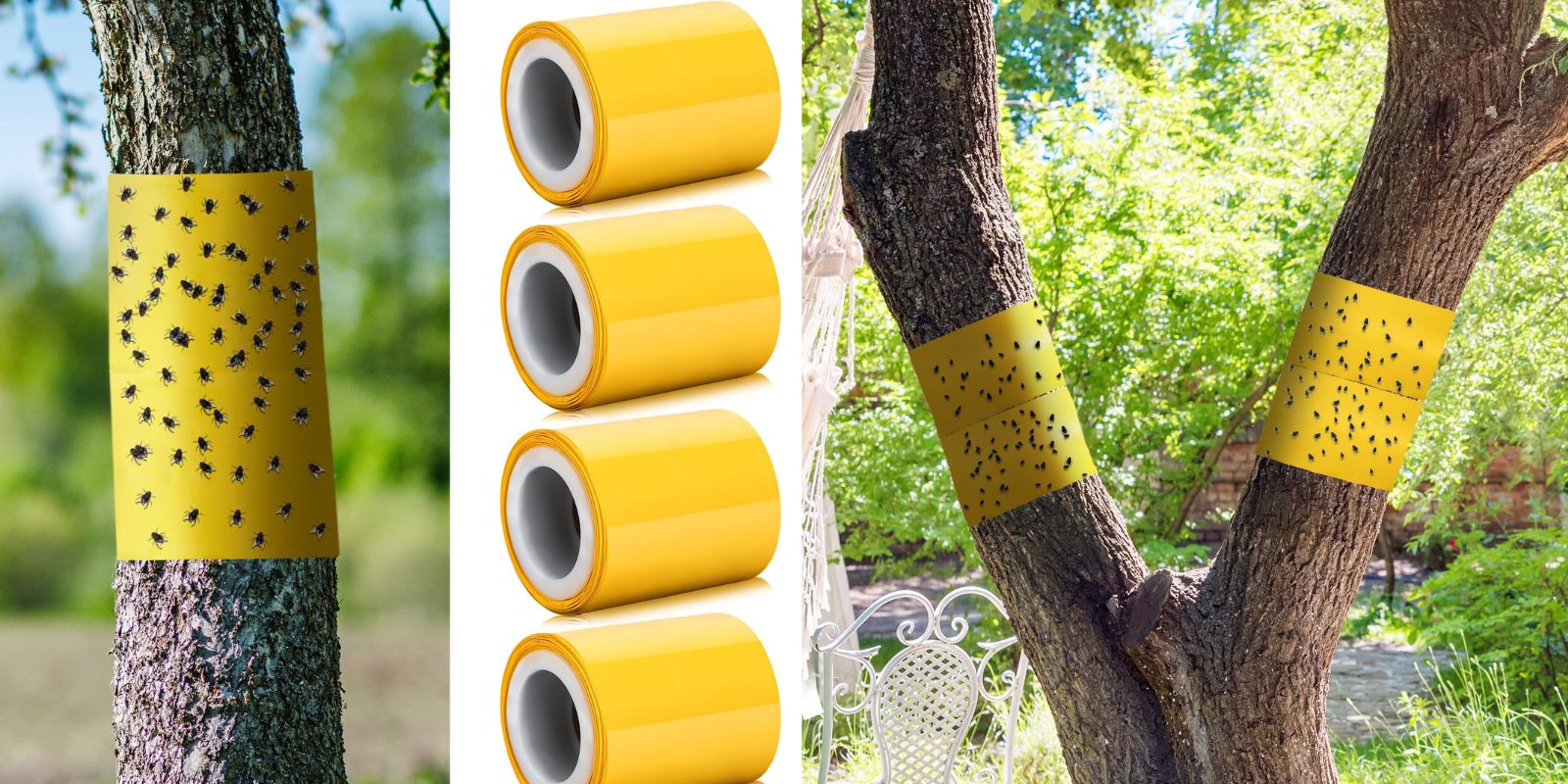Gardening can be one of the most rewarding hobbies, but it also comes with its share of challenges, particularly when it comes to managing pests. While many gardeners resort to chemical pesticides, there are simpler, more environmentally friendly methods that can effectively keep pests at bay. One such method is the use of duct tape—a household staple that can be an unexpected ally in your fight against sticky pests. In this article, we’ll explore how duct tape can be a game-changer in your gardening efforts, detailing step-by-step how to implement this technique and sharing additional tips for a thriving garden.
Understanding the Problem: Common Sticky Pests
Before we dive into the solution, it’s essential to understand the types of pests that may invade your garden. Sticky pests, such as aphids, spider mites, whiteflies, and thrips, can quickly multiply and damage your plants. They feed on plant sap, weakening the plants and making them more susceptible to diseases.
The Impact of Sticky Pests
Sticky pests can create several problems in your garden:
- Plant Damage: As these pests feed, they can cause wilting, yellowing leaves, and stunted growth.
- Disease Transmission: Some pests can carry diseases that affect plant health, leading to more significant issues down the line.
- Reduced Yield: In vegetable and fruit gardens, pests can lead to lower yields and less nutritious produce.
While chemical pesticides can be effective, they also pose risks to beneficial insects, the environment, and even your health. Therefore, finding natural and safe alternatives is crucial.
Why Duct Tape?
You might be wondering why duct tape is an effective solution for managing garden pests. Here are a few reasons:
- Accessibility: Duct tape is readily available in most households and is inexpensive.
- Non-Toxic: Unlike many chemical pesticides, duct tape is safe for the environment and won’t harm beneficial insects.
- Easy to Use: Setting up duct tape traps requires minimal effort and time.
- Versatile: Duct tape can be used in various ways, from trapping pests to securing garden structures.
How to Use Duct Tape for Pest Control
Now that you understand the benefits of using duct tape, let’s go through the steps to implement this method effectively in your garden.
Step 1: Gather Your Materials
You’ll need the following materials to get started:
- Duct Tape: Choose a heavy-duty version for better stickiness.
- Scissors: For cutting the tape into manageable pieces.
- Optional: Gloves to keep your hands clean, especially if you’re handling sticky pests.
Step 2: Identify Affected Plants
Before applying the tape, inspect your garden for signs of pest infestations. Look for:
- Yellowing or wilting leaves
- Sticky residue on leaves (honeydew from aphids)
- Webbing (common with spider mites)
Identifying the affected plants will help you target your efforts effectively.
Step 3: Cut the Duct Tape
Using scissors, cut strips of duct tape about 6-12 inches long. The size will depend on the extent of the infestation and the specific plants you’re targeting.
Step 4: Apply to Affected Plants
There are a couple of effective methods to use duct tape in your garden:
- Wrap the Stems: Gently wrap the duct tape around the stems of the affected plants, sticky side out. This method is particularly effective for pests that crawl up the stems.
- Lay Sticky Strips: You can also lay strips of duct tape sticky side up on the soil surface near the plants. This can catch any crawling pests that come into contact with the tape.
Step 5: Monitor Regularly
Check the tape frequently to see which pests have been caught. This not only helps you keep track of the pest population but also informs you about the effectiveness of your method.
Step 6: Replace as Needed
Once the tape is full of pests or has lost its stickiness, replace it with a fresh strip. Regularly replacing the tape ensures that your pest control efforts remain effective.
Additional Tips for Successful Pest Management
While duct tape is an excellent tool for pest control, combining it with other natural methods can lead to even better results. Here are some additional tips for maintaining a healthy garden:
1. Encourage Beneficial Insects
Ladybugs, lacewings, and predatory wasps can help keep pest populations in check. Plant flowers like marigolds and dill to attract these beneficial insects.
2. Use Companion Planting
Certain plants can naturally repel pests or attract beneficial insects. For example, planting basil near tomatoes can deter aphids, while planting nasturtiums can attract aphids away from more valuable crops.
3. Maintain Plant Health
Healthy plants are less susceptible to pest infestations. Ensure your plants receive proper care, including adequate watering, sunlight, and nutrients.
4. Regularly Inspect Your Plants
Frequent inspections can help you catch infestations early, making them easier to manage. Look for signs of pests, damage, or disease.
5. Implement Crop Rotation
Changing the location of your crops each season can help prevent the build-up of pests and diseases in the soil.
6. Utilize Organic Pesticides
If the infestation becomes severe, consider using organic pesticides made from natural ingredients, such as neem oil or insecticidal soap.
Conclusion
Duct tape is a surprisingly effective and eco-friendly method for managing sticky pests in your garden. With its accessibility, non-toxic nature, and ease of use, it’s a tool that every gardener should consider. By following the simple steps outlined in this article, you can create a pest control strategy that works for you while promoting a healthier garden environment.
Remember, the key to successful gardening lies not just in fighting pests but in fostering an ecosystem where plants and beneficial insects thrive. So, embrace the power of duct tape, and let it be one of the many tools in your gardening arsenal!
Get involved! Share your experiences using duct tape in your garden and join the conversation by using #DuctTapeGardening #GardenHacks #EcoFriendlyPestControl #SustainableGardening. Happy gardening!

